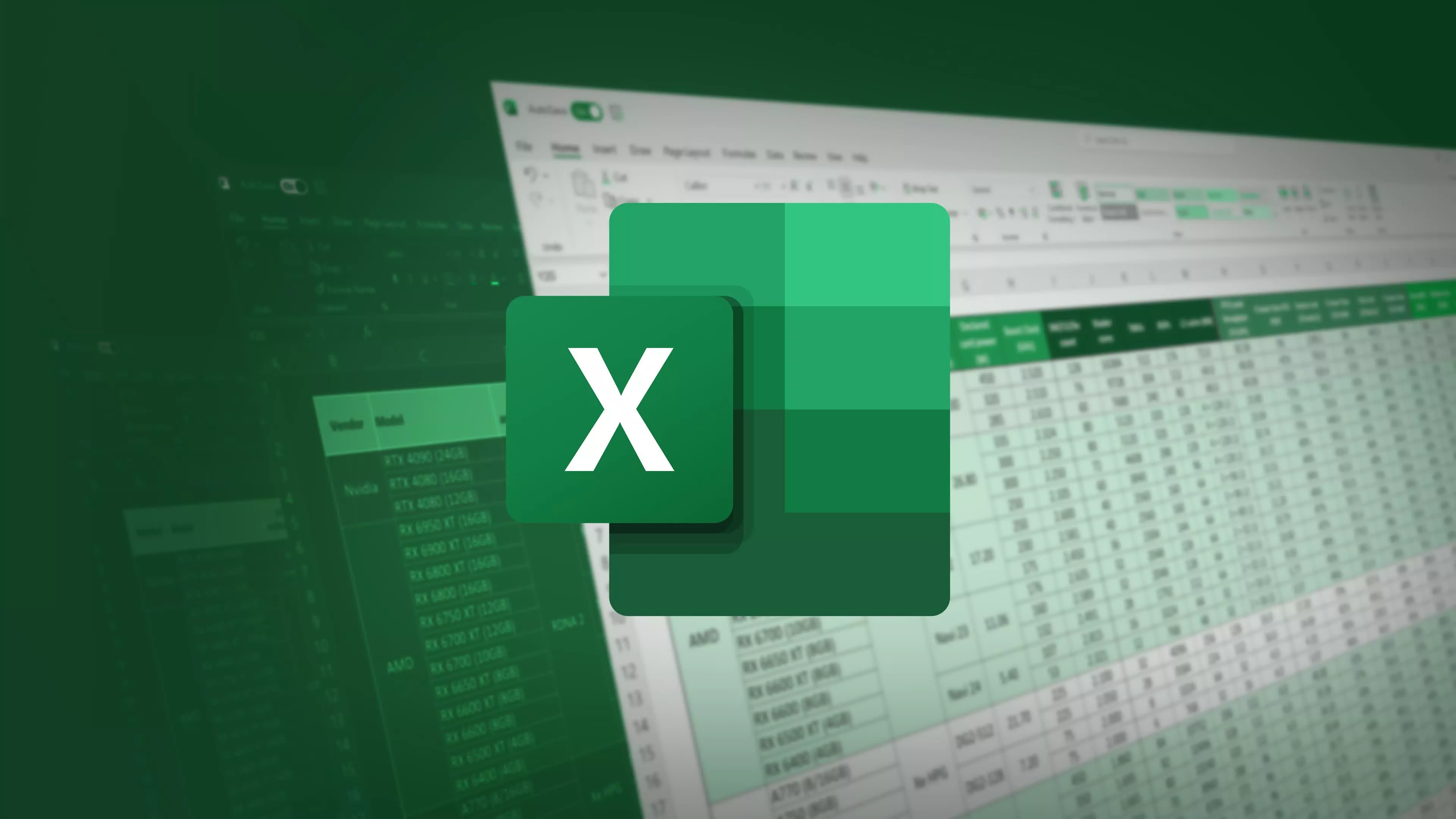Excel is used by businesses and professionals to analyze and manage data. Excel is an effective tool but it is annoying when you must handle unwanted headers and footers. Fortunately, how to remove header and footer in excel is a relatively simple process that can make working with data much easier.

The most frequent reason for having to delete the header in excel comes when you open a TXT in Excel. Excel will automatically add a header row on the very first row of the data. This can cause issues when you are analyzing or manipulating the data. This can be avoided by following a few easy steps when you open the TXT document using Excel.
Select “From Text/CSV” on the Excel ribbon. Then, select and select the TXT you would like to open. Select “Delimited” then click “Next” in the Text Import Wizard window. On the next screen deselect “Tab”, then select “Comma”. After that press “Finish”. The wizard will load the data into Excel without any heading row.
Excel’s headers and footers can be removed in order to improve the design and functionality of spreadsheets. Headers and footers consume a lot of space on the screen, which makes it difficult to look at and work with the information. You can reduce space by eliminating the headers and footers. This will make your spreadsheets more readable and work with.
To eliminate a footer or header from Excel choose the “Page Layout Tab” from the Excel menu ribbon. Then, select “Print Titles” in the “Page Setup” section. Within the dialog box “Page Setup” select “Header/Footer”. Choose the “Custom Header”, then remove the content from the box “Left Section”, “Center Section” as well as “Right Section” by clicking the “Custom Header”. To remove the footer, select the “Custom Footer” option and then delete the text from the respective boxes. Select “OK” at the end to save and close your dialog box.
While removing headers and footers in Excel may seem like something small however, it can have a big impact on the effectiveness and efficiency of your job. By eliminating these elements, you can create more space for your data, making it more easy to analyse and manipulate. In addition, by avoiding unnecessary header rows when opening TXT files in Excel to cut down on time and increase the accuracy of your data analysis.
It is essential to eliminate headers and feeters out of Excel. This can improve the appearance and performance of your spreadsheets. This can be accomplished with just a few clicks regardless of whether you’re trying to open TXT without a header or you’re looking to clear area on your computer screen. You can reduce time by optimizing your spreadsheets to your needs and eliminating unnecessary headers and feeters.
However, with some practise as well as the suggestions and tricks given here, you’ll be confident about taking on any challenge you face. In the beginning, you should note the particular version of Excel because this will help you determine which approach is most suitable to your requirements. Create a blank layout to create the header and/or footer, before you add information. This will guarantee accuracy. Utilize the different standard methods to deal with headers and feeters. They include Page Setup, Office Button Launcher and Page Layout. By using this knowledge you’ll be one step closer to making your Excel documents to perfection!